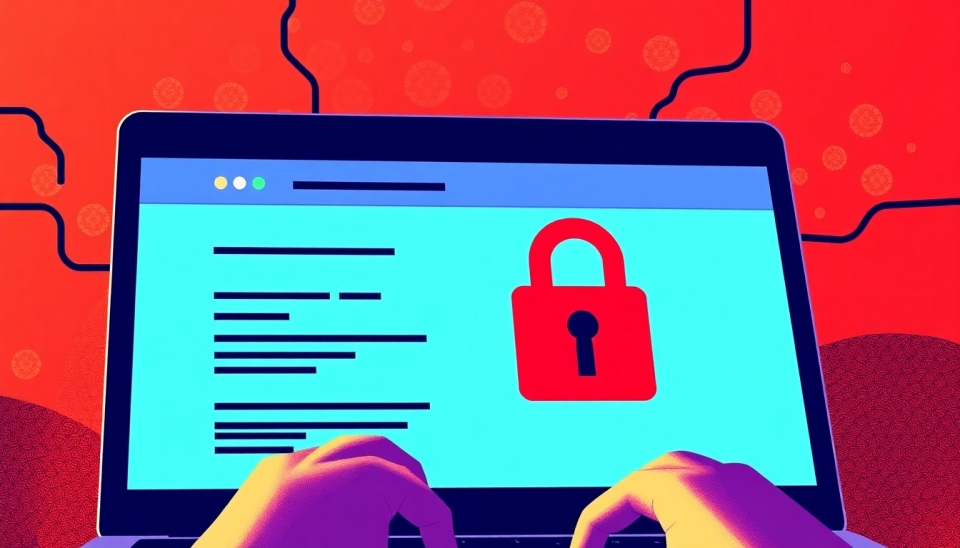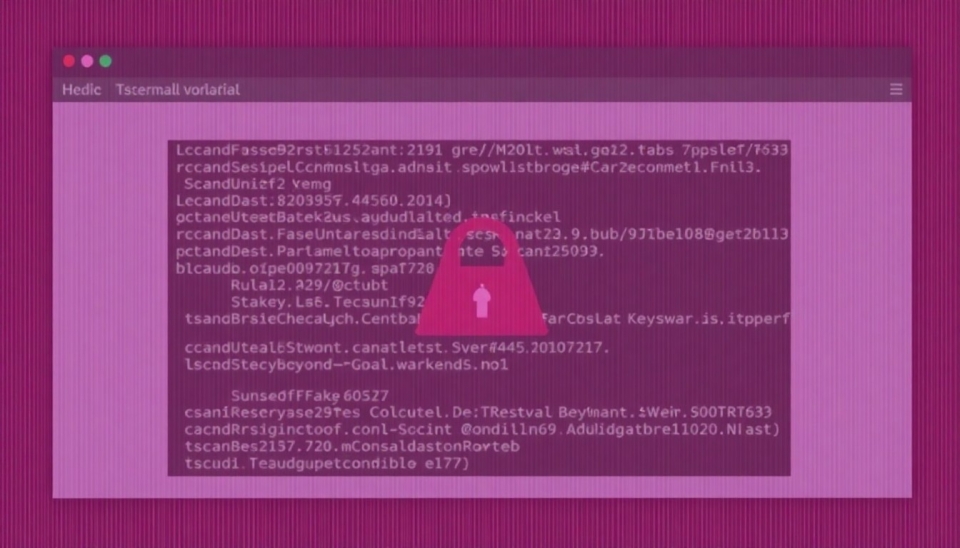Beware! New Phishing Attack Method Bypasses Two-Factor Authentication

Recent research in cybersecurity has uncovered a new type of phishing attack that employs real-time technologies to bypass two-factor authentication (2FA). Modern hackers have developed a complex method that allows them to intercept user data and gain access to personal accounts, despite the additional protection typically designed to prevent unauthorized access.
The phishing attack operates as follows: criminals use fake websites that imitate legitimate resources to mislead people. When a user tries to log into their account, they are redirected to a counterfeit site, where their data is captured. The latest technique enables hackers to receive administrator information in real-time, which is then used for successful system entry.
Previously, two-factor authentication was considered a reliable means of protecting accounts, as it requires confirmation of access through multiple steps. However, with the use of this method, even such protection proves insufficient as criminals can act almost instantly, bypassing traditional security mechanisms.
Cybersecurity experts urge users to be more vigilant and cautious concerning suspicious emails and websites. Clearly, it is important not only to rely on two-factor authentication but also to implement precautionary measures, such as using unique and complex passwords, regularly updating passwords, and being attentive to URL formats.
Weekly, the number of such attacks is increasing, and experts warn that with technological advancements, criminals may invent even more sophisticated methods. Thus, it is essential not only to raise awareness among users but also to continually update protective measures to prevent similar incidents.
Conclusion: user life in the digital technology world requires vigilance. It is necessary to stay alert and follow all safety measures to avoid losing personal data and financial resources.
#phishing #cybersecurity #2FA #attackers #internet #protection #policies #crime #technology




